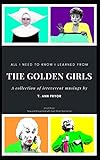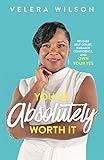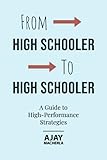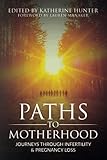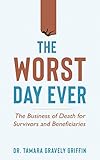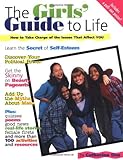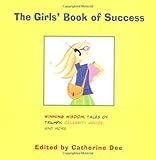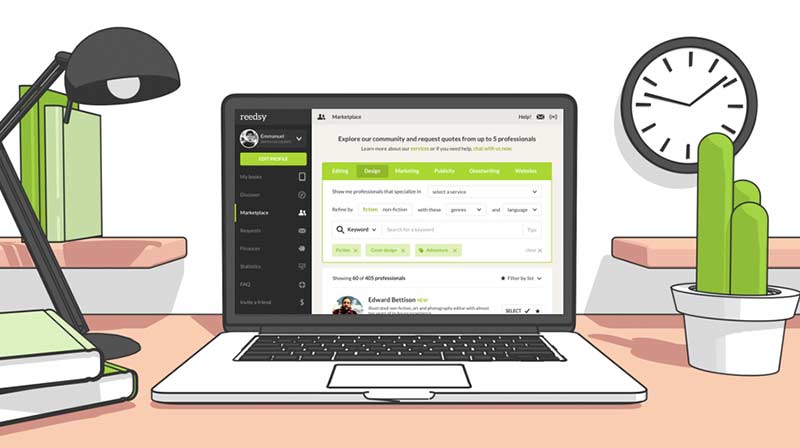Overview
Do you want to:
● Share your expertise with the world?
Create a captivating nonfiction book that your readers love?
● Make your writing easy to read and professional?
● Pick up tips from an editor who knows what works?
● Avoid being judged for grammar errors and typos?
I can help with all of that!
What qualifies me to work with you?
● I'm an award-winning published nonfiction author. I wrote five inspirational books to help teen girls build their self-esteem. Of these, The Girls' Guide to Life was a San Francisco Chronicle bestseller. The Girls' Book of Wisdom won awards from the American Library Association and Disney Adventures.
● I was a staff editor at a small nonfiction publisher, where I worked on successful mass-market guides including The Recycler’s Handbook, The Women’s Voting Guide, and Kid Heroes of the Environment.
● I've been a copywriter, editor, and proofreader in the corporate world for more than three decades, working at HP and Google among other companies. My most recent gig has been writing technology marketing blog posts.
● I'm passionate about helping authors fine-tune work that's meant to inspire and empower readers to understand themselves, tackle personal problems, get healthier, nurture relationships, enjoy life, or help improve the world.
My nonfiction genres include:
● Health and wellbeing
● Psychology
● Inspirational
● Self-help and self-improvement
● Relationships
As a copy editor, I'm known for:
● Simplifying phrasing and making it easier to read
● Noting where you may want to add transitions between sentences and paragraphs
● Being candid with suggestions, even if implementing them would mean completely rewriting
● Correcting grammar issues and typos
● Following Chicago Manual of Style guidelines
● Being easy to communicate with
A note on my copy editing rates: they're slightly higher than average (for instance, .040/word for a recent project). The upside: I typically provide abundant suggestions that may constitute developmental editing advice. I'll give you everything I've got.
I understand if you're on a tight editing budget; I just want to be up front about what to expect from a bid from me.
Thank you for considering me as a copy editor for your nonfiction manuscript. I hope it will be an amazing success!
Services
Non-Fiction
Languages
Work experience
Self-employed
Portfolio


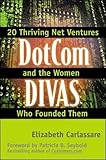
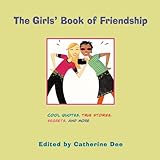

Catherine has 26 reviews
Professionalism
Quality
Value
Responsiveness
Kori B.
May, 2025
Paula M.
Apr, 2025
Harris H.
Dec, 2021
Jack W.
Oct, 2021
Ajay M.
May, 2021

Sign up to read more reviews
Create a free Reedsy account to connect with Catherine and thousands of other publishing professionals on Reedsy.


